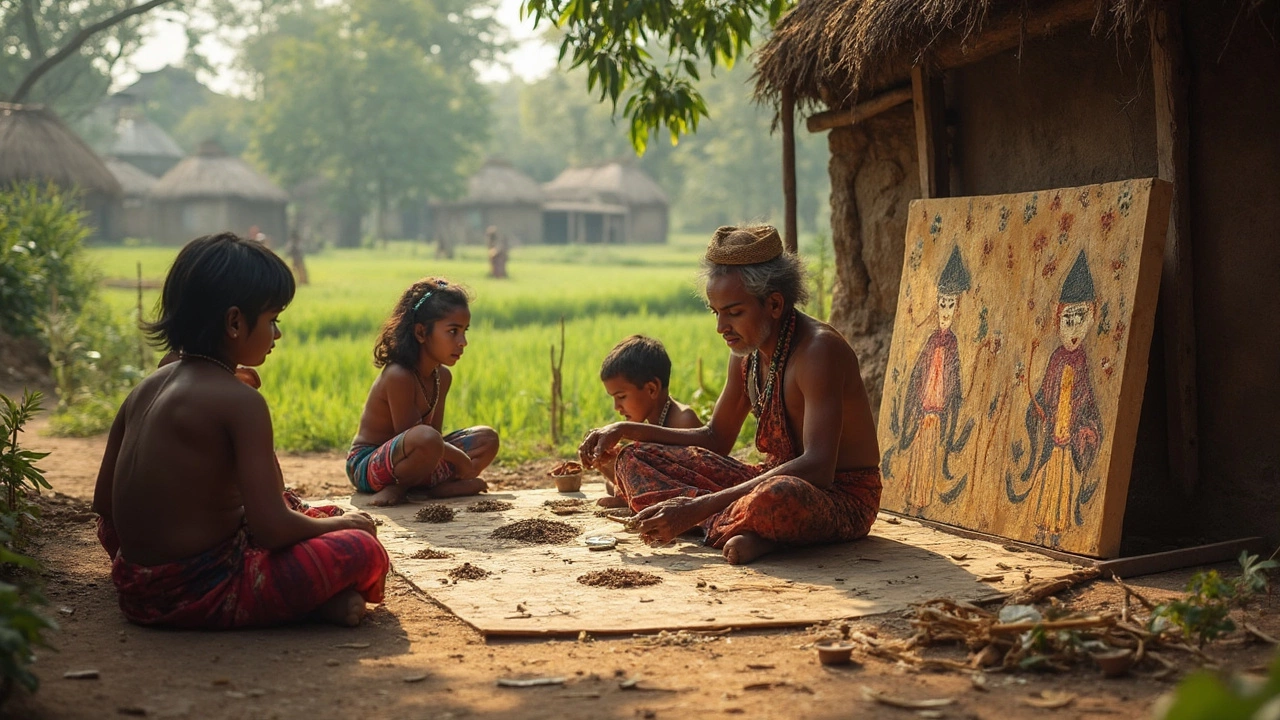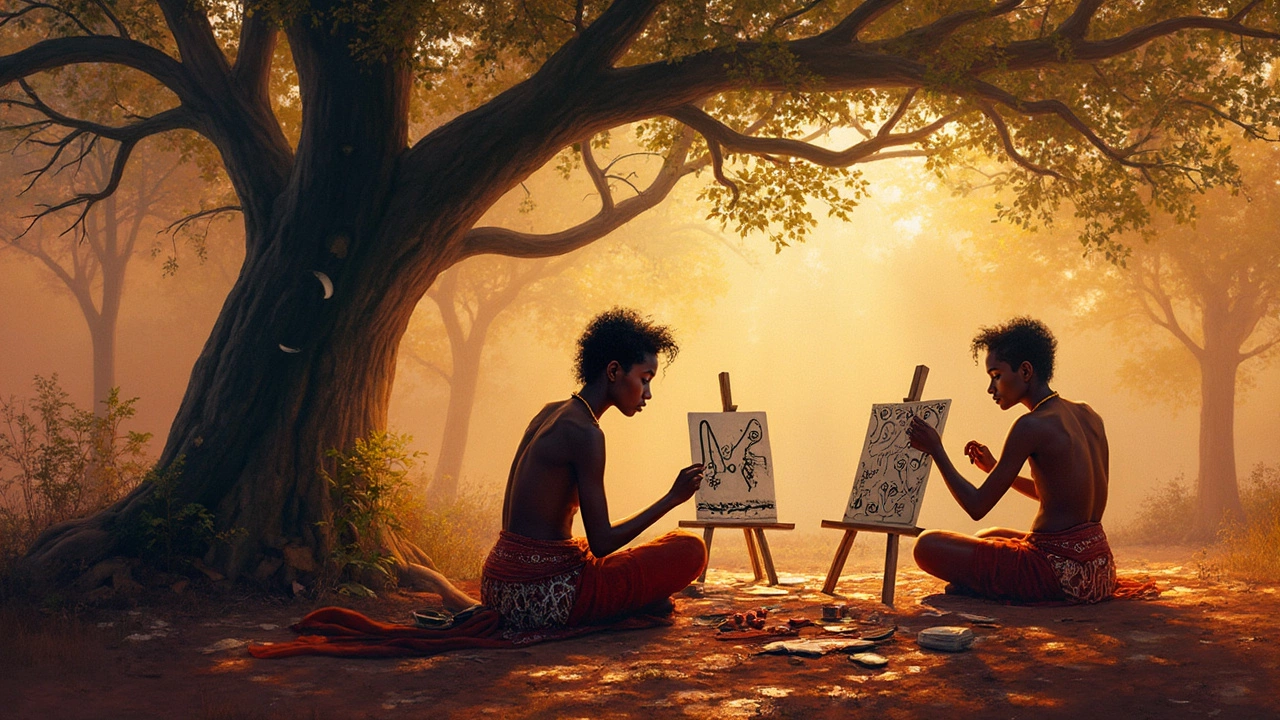Traditional Art: Dive Into India’s Timeless Creativity
When you think of India, you probably picture bright colors, intricate designs, and centuries‑old stories told on canvas, cloth, and stone. That’s traditional art – the visual language our ancestors used to share myths, daily life, and spiritual ideas. In this guide, you’ll get a quick look at the most popular forms, where you can see them, and how you can bring a piece of that heritage into your own space.
What Makes Traditional Indian Art Unique?
First, the materials matter. Artists used natural pigments made from minerals, plants, and shells, giving each piece a distinct hue that lasts for generations. Second, the motifs are tied to local myths – think of the peacock in Gujarat or the tiger in Bengal. Third, the techniques are passed down through family lineages, so every brushstroke carries the weight of a teacher’s guidance.
Because each region has its own climate, history, and religion, you’ll find huge variety. Madhubani paintings from Bihar are filled with bold lines and geometric patterns, while Warli art from Maharashtra sticks to simple stick figures on mud walls. Both look different, yet both tell stories that matter to the people who created them.
How to Experience Traditional Art Today
If you want to see these works up close, start with local museums. The National Museum in Delhi, the Prince of Wales Museum in Mumbai, and smaller regional galleries often host rotating exhibitions of folk paintings and sculptures. Many artists also sell directly on online platforms, so you can order a hand‑painted piece without leaving home.
Another fun way is to attend cultural festivals. Events like the Pushkar Camel Fair or the Jaipur Literature Festival often have dedicated art stalls where you can watch a master at work and even try your hand at a brush. These live demos let you understand the brush pressure, pigment mixing, and storytelling tricks that make each piece special.
Finally, think about adding a small traditional artwork to your own décor. A Madhubani panel above a bedside lamp or a Warli mural on a kitchen wall can spark conversation and bring a burst of culture into everyday life. Choose a piece that resonates with your style – you don’t need a massive canvas to feel the impact.
Traditional Indian art isn’t just about pretty pictures; it’s a living record of community values, rituals, and hopes. By exploring museums, festivals, and online shops, you can support the artists who keep these traditions alive. So next time you walk past a colorful wall or a handcrafted wooden mask, take a moment to appreciate the story behind it – and maybe bring a bit of that story home.

